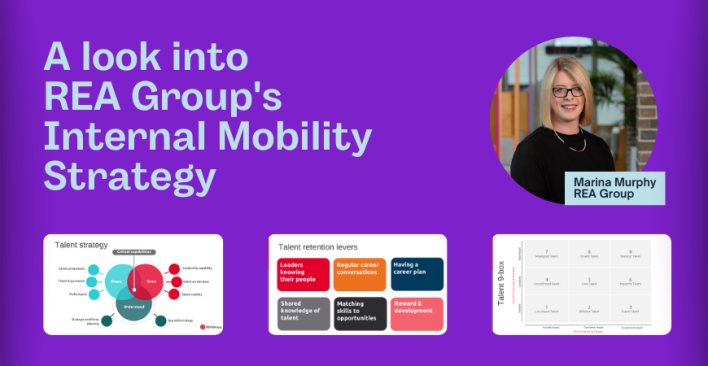What has Work Satisfaction to do with Hiring Talent?

Do you find the work you do fulfilling? It’s a confronting but important question.
Working in the Talent space, I have seen time and time again how employee satisfaction directly impacts the morale of the company and consequently bottom line. From a personal perspective, I believe that a highly-driven work environment is one of the fundamentals for success and, also, the key to attracting great Talent.
What can we do to achieve that? How can we get real satisfaction out of the work we do and make sure our workforce does as well? And how can we sell this opportunity to our candidates so that they will want to join us?
The Issue
The world is becoming better educated. This is a great thing, of course, but with automation and increased competition for skilled work, youth unemployment has reached worrying levels and is only getting worse. According to the Deloitte 2017 Millennial survey, 13.3 percent of Australian youths are idle, which is roughly double the rate for the broader population, and it’s probably not because they want to be.
 Combine that with a propensity to be more entrepreneurial as the world becomes more competitive, and you can see how acquiring knowledge meant to help change your life is inadvertently driving people to want more.
Combine that with a propensity to be more entrepreneurial as the world becomes more competitive, and you can see how acquiring knowledge meant to help change your life is inadvertently driving people to want more.
Hence, we are starting to see an increasing number of companies promote and embrace a better work life balance to try and keep their workers motivated in their jobs. However, many remain stuck in the past, setting inflexible core hours and pigeonholing workers into perfecting repetitive tasks, all the while hoping people never call in sick, leave or ask for a promotion.
Is it any wonder why so many workers feel dissatisfaction and crave more exciting and rewarding jobs? Why job satisfaction is at an all-time low and employee turnover is at an all-time high? Absenteeism levels per employee per year in Australia have increased by about 10.5 percent from 8.6 days to 9.5 days, according to DHS’ 2016 Absence Management and Well-being Survey Report.
What’s the Answer?
So what can we do to engage the workforce and create a fantastic work environment for current employees and attract would-be Talent? Here are some suggestions:
 Encourage Business Leaders to Bring Talent into the Fold
Encourage Business Leaders to Bring Talent into the Fold
In most businesses, it is usually a select few at the top that are involved in any strategy or innovation. Of course, it makes sense to have more experienced members involved in key business decisions, but where this can be a risk is when they are too far removed from the front line and out of touch with their actual customers. Ever seen an episode of Undercover Boss?
We don’t need everyone involved in key business decisions, that would be wasteful, but people in the business that have regular direct interaction with customers should have a more active role. For those who are less experienced, we need to be investing in them, up- and cross-skilling them. Provide them with an environment that is mentoring, inclusive and collaborative. Ensuring everyone feels valued and making it known that we all have a valid contribution to make is a fantastic way to improve the morale within the organisation and enhance your employer proposition too.
 Looking inwards before turning outwards
Looking inwards before turning outwards

Within all organisations lie a cross section of amazing and passionate people, people with the potential to change the business for the better, the hidden gems. If organisations enable their people, leverage their knowledge, skills and diversity of thought, they would multiply the opportunity for competitive advantage or industry disruption. Everyone in a business can contribute to its success, no matter their position.
This boosts the company’s reputation as a people developer, which, in turn, will also make it a more attractive workplace for potential Talent.
What can we expect?
The result of these efforts is fourfold: companies have better control over their talent functions, customers will see the benefit, employees will feel more valued and more engaged in their own work, and the company’s employee value proposition increases.
Images: Shutterstock
Related articles
Leave a Reply
Sign up to our newsletter
Get a weekly digest on the latest in Talent Acquisition.
Deliver this goodness to my inbox!


